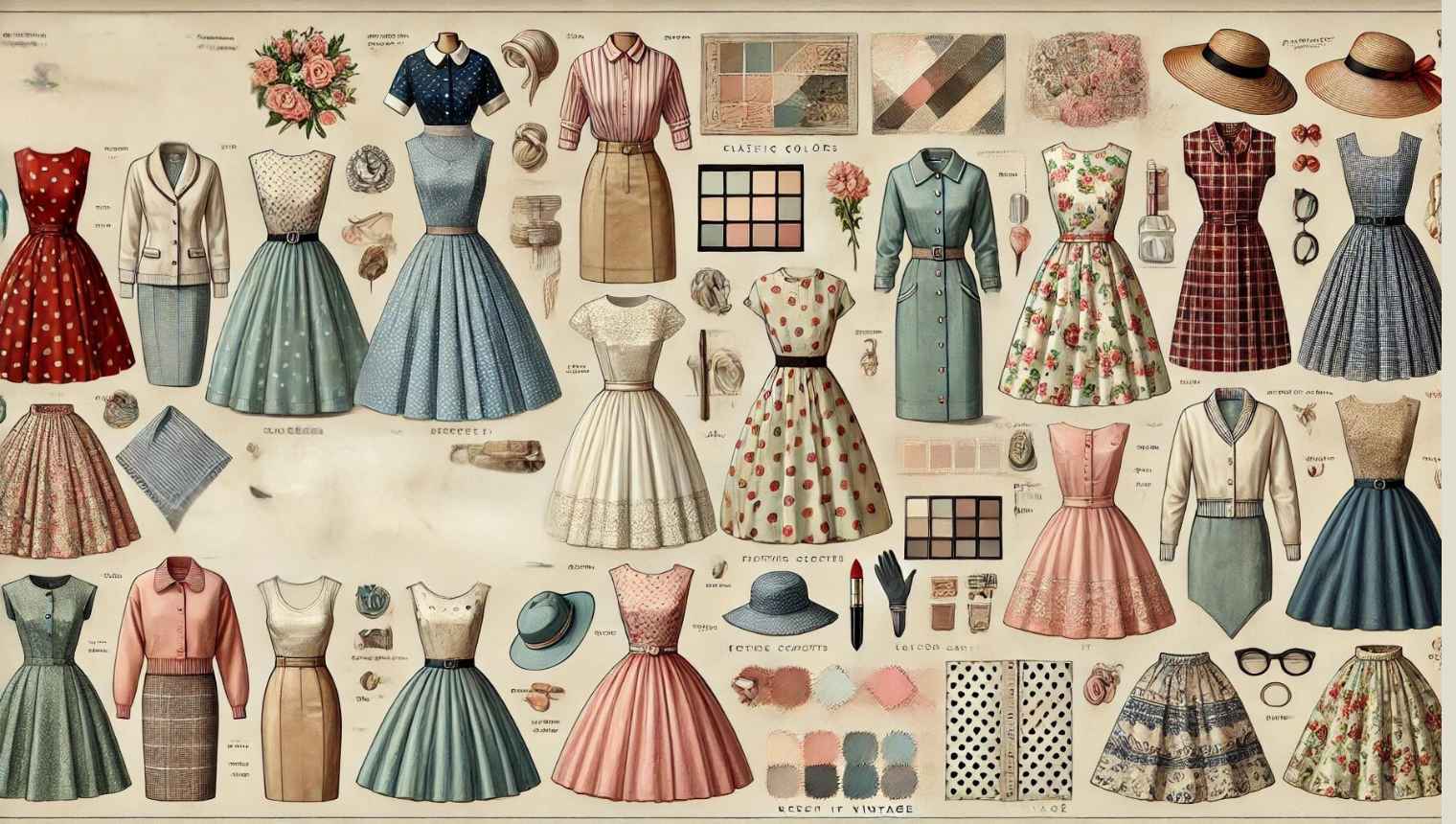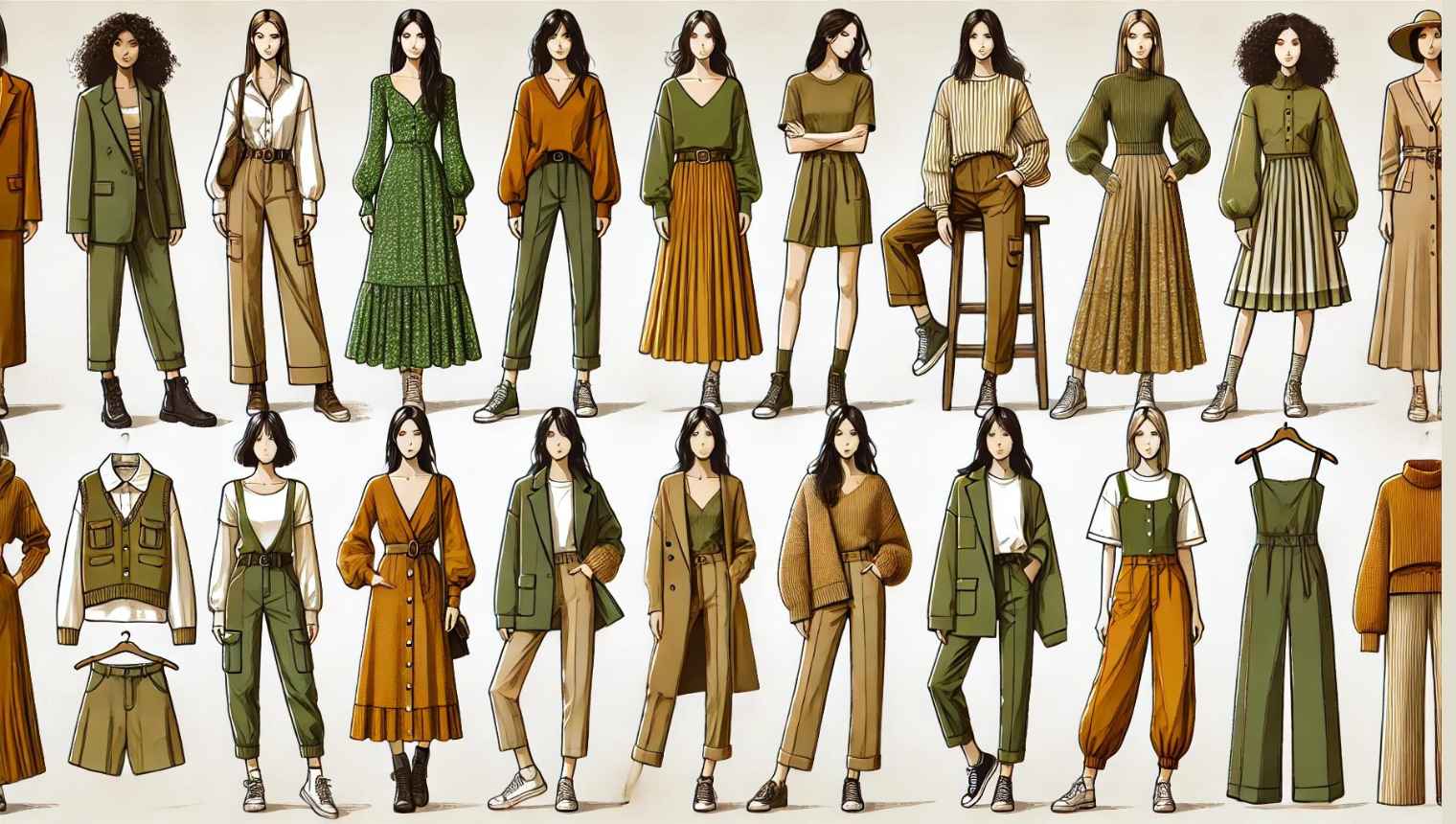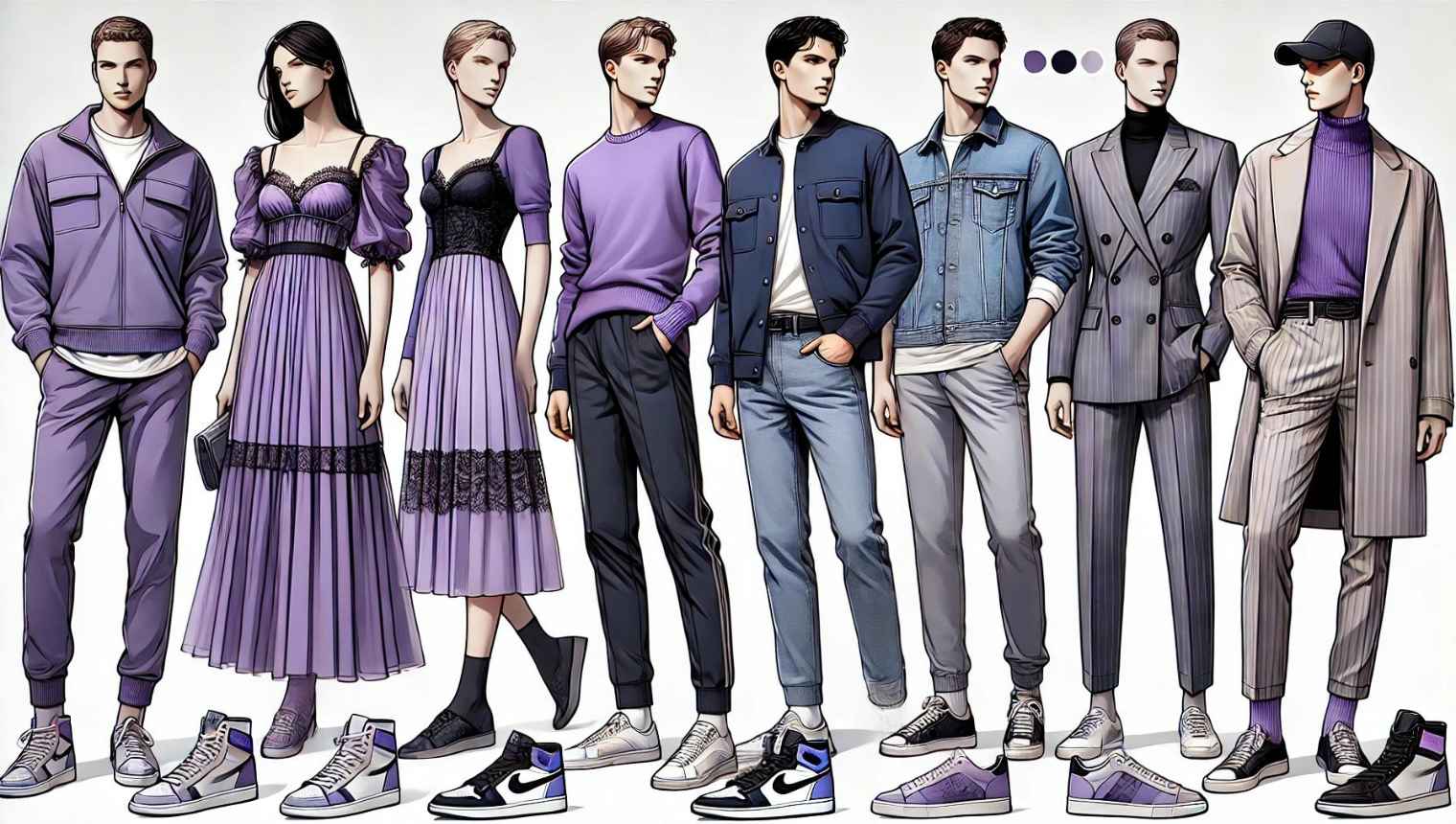Feeling lost in the world of fashion? How do you make your wardrobe genuinely reflect who you are? You’re not alone. Many people struggle with finding their personal style, making shopping and dressing a daily frustration.
The good news is that discovering your unique style doesn’t have to be daunting.
By investing in quality, timeless, and well-made pieces, you ensure that your wardrobe will last a long time and enhance your overall look.
By following a few simple steps, you can unlock a unique fashion sense that will boost your daily confidence.
Key Points:
- Identifying your fashion inspirations helps clarify your personal taste.
- Creating a mood board visually organises your favourite styles.
- Evaluating your current wardrobe reveals patterns and preferences.
- Considering your lifestyle ensures your style is practical and authentic.
- Understanding your body shape and skin tone helps you choose flattering cuts and complementary colours.
Table of Contents
Understanding Your Preferences
Identifying Fashion Inspirations
To start, identify your fashion inspirations. Who are the style icons you admire?
These could be celebrities like Audrey Hepburn for her timeless elegance, Rihanna for her bold and edgy looks, or even characters from movies such as Holly Golightly from “Breakfast at Tiffany’s.”
Gather images of their outfits and create a mood board. This inspiration collage will help you visualise your favourite styles and the preferred aesthetics that resonate with you.
Additionally, taking a style quiz to create a style profile can help you identify your personal fashion style by asking questions about your personality, likes, and dislikes.
Creating a Mood Board
A mood board is a fantastic tool for honing your individual fashion sense.
Use platforms like Pinterest or a physical board to pin pictures of outfits, colours, and accessories you love. Over time, you’ll see patterns emerge that highlight your personal taste.
For instance, if you find yourself pinning many vintage dresses and bohemian accessories, it indicates a preference for eclectic and retro styles. This process helps you develop your own style, showcasing your personality and lifestyle through your clothing choices.

Analysing Your Current Wardrobe
Next, take a good look at your current wardrobe.
What items do you gravitate towards? Do you notice any patterns in terms of colours, styles, or brands?
Understanding your existing clothing choices can offer insights into your preferences and help you identify gaps that need to be filled.
For example, if your wardrobe is full of jeans and t-shirts, but you’re drawn to more sophisticated outfits on your mood board, it might be time to incorporate more polished classic pieces like blazers or tailored trousers. Additionally, having a few key pieces that are versatile can help you create multiple stylish outfits.
Assessing Your Lifestyle
Evaluating Daily Activities
Your lifestyle significantly influences your personal style. Consider your daily routine and the attire guidelines you need to follow.
For instance, if you work in a corporate environment, your wardrobe should balance practicality with your unique style.
Think classic pencil skirts and blouses with unique details like ruffles or bold prints. If you have an active lifestyle, prioritise comfortable yet stylish pieces such as athleisure wear that transition from the gym to casual outings.
Developing your own sense of style is crucial for confidently expressing yourself through your fashion choices.
Balancing Practicality with Personal Taste
While it’s important to stay true to your personal taste, practicality should also be considered.
Ensure that your wardrobe includes versatile pieces that suit various aspects of your life, from work to social events. This balance will help you feel confident and prepared for any situation.
For instance, a chic blazer can be dressed up with a pencil skirt for the office or dressed down with jeans for a casual brunch. Add your own twist by swapping the skirt for tailored trousers or pairing the blazer with a statement accessory.
Consider the following when assessing your lifestyle:
- Work Requirements: Does your job require formal, business casual, or creative attire?
- Social Activities: Are you often attending casual get-togethers, formal events, or outdoor activities?
Body Shape and Colours
Determining Your Body Shape
Understanding your body shape is crucial in finding flattering cuts.
Common body types include hourglass, pear, apple, rectangle, and inverted triangle.
Determine your body type and look for tailored fits that enhance your natural shape.
For example, if you have an hourglass figure, emphasise your waist with fitted clothing like wrap dresses or high-waisted skirts.
If you have a pear shape, accentuate your upper body with boat neck tops or statement necklaces to balance your proportions.
(Read more about dressing for different body types.)
Identifying Complementary Colours
Knowing your skin tone and identifying complementary colours can elevate your style. Are you warm-toned or cool-toned? Use this knowledge to choose harmonising hues that make you look vibrant and confident.
For instance, warm-toned individuals might shine in earthy colours like olive, mustard, and rust, while cool-toned people might look stunning in jewel tones like sapphire, emerald, and ruby.
Here’s a quick guide to help identify your best colours:
- Warm-Toned: Think of colours like coral, gold, and olive green.
- Cool-Toned: Opt for shades like lavender, navy, and silver.


(Read more about mixing colours in fashion.)
Experimentation and Evolution
Trying New Styles
Don’t be afraid to experiment with new styles. Step out of your comfort zone and try different looks.
Document your outfits by taking photos and keeping an outfit journal. This practice helps you track what works and what doesn’t, refining your personal flair over time.
For example, you might try pairing a leather jacket with a floral dress for an edgy yet feminine look, or mix high-end pieces with thrift store finds for a unique blend of luxury and vintage.
Adapting to Trends
Fashion is constantly evolving, and so should your style.
Stay updated with the latest fashion movements and incorporate elements that align with your personal preferences.
For example, if you notice a sustainable fashion trend that resonates with your values, start incorporating eco-friendly brands and materials into your wardrobe.
Remember, your style journey is dynamic, and adapting to new trends while maintaining your core identity is part of the process.
Conclusion
Embrace the journey of discovering your personal style. It’s a path of self-expression and growth where staying true to your unique style can lead to immense self-assurance.
By understanding your fashion inspirations, assessing your lifestyle, recognising your body shape and colours, and embracing experimentation, you’ll cultivate a personal fashion sense that is truly your own.

 Malaysia
Malaysia
 Singapore
Singapore
 Philippines
Philippines